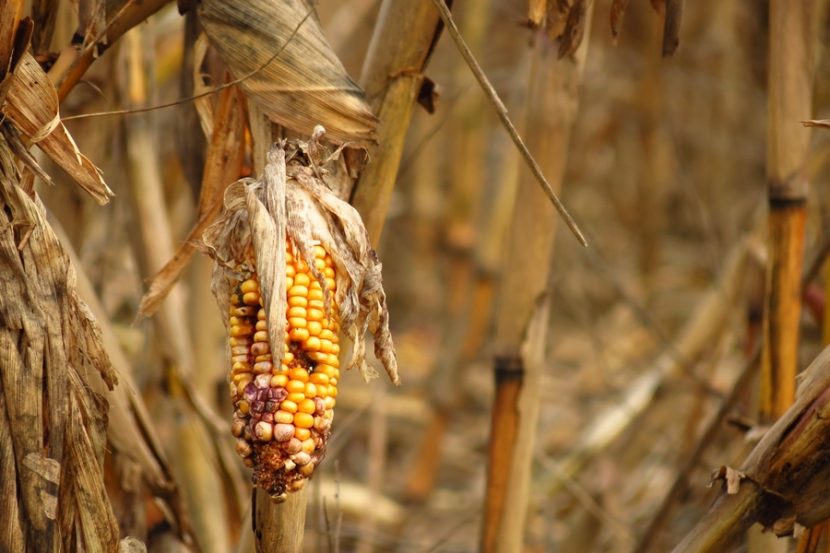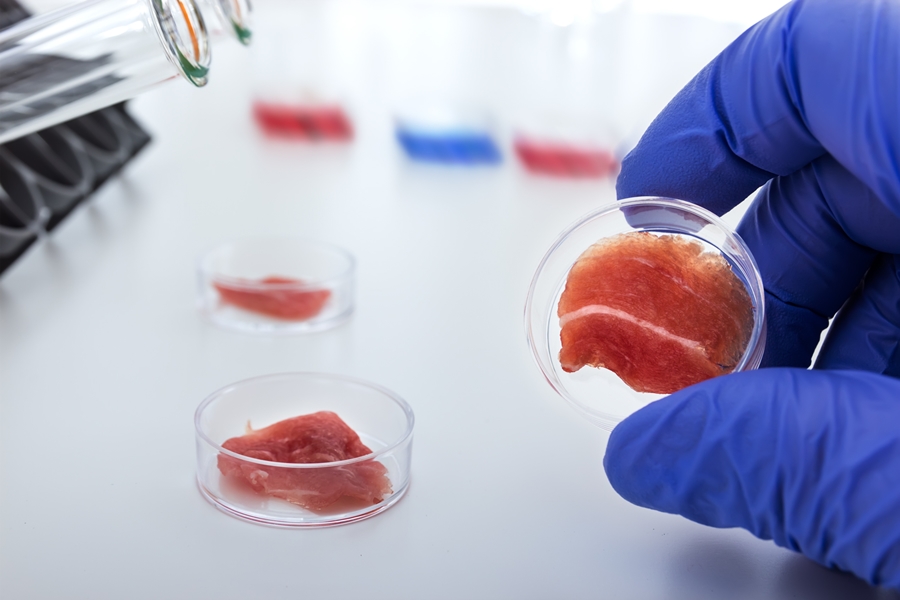Understanding Global Threats To Food Safety: Part 1
By Dr. Jennifer van de Ligt
Living within a global food system means consumers across the globe are dependent upon the food safety systems of every country from which food is imported. But the global food safety system is paper-based, reactive, and rapidly changing, and it will need to stretch to feed almost 10 billion people by the year 2050. The key to improving the situation? We need to understand and plan for how a number of major issues are going to impact food safety going forward. And, more importantly, we need to train our future leaders so they can bring the food system to a more food-secure and food-safe future.
It is imperative that we develop integrated food systems leadership education as a method to improve our readiness to feed the future. Here are the challenges lining up to threaten the food safety of an interdependent food safety system:
It is imperative that we develop integrated food systems leadership education as a method to improve our readiness to feed the future.
Environment
Food production, both plant and animal-based, depends absolutely upon the environment, and environmental factors impact the safety of our food. Nearly 80% of all major internationally reported disasters are climate-related and food in these situations is impacted all the way from the field to the relief centres. In addition, the increasing frequency of extreme weather events predisposes crops and animal agriculture to failure, contamination with mycotoxins, infestation with pests, disease burden, etc. All of these impact food safety with hazards that must be controlled in order to safely use the food. And with increasing temperatures across the globe, growing regions will shift, and new food safety risks will arise.
Logistics
Food production functions in the global economy to provide us with our favourite foods even when we do not live where they can be produced. This global economy, combined with the “just-in-time” nature of food production and distribution—including the increase in fresh and cold-chain products—exponentially increases the complexity of assuring safe food delivery. These logistical concerns also impact food loss and overall global food security, which future food leaders must take into consideration. With more than 1/3 of food produced either lost or wasted, communities are finding ways to divert foods that would have been discarded for use in soup kitchens and food banks. Each of these logistical issues impacts food safety, and new technologies are being used to address them.
Technology
Technology in food production offers many promises and risks. Traceability solutions in food value chains promise to not only reduce food loss and improve consumer transparency, but also to identify, respond to, and even prevent food safety issues. In addition, innovations in food-sensing technology, the internet of things, blockchain, and big data have the potential to improve food safety. However, with the use of computerized technology comes the increased cybersecurity risk that must be addressed. As food safety processes rely more on technology, the increased risk of a cybersecurity incident amplifies the risk that a breach could result in a significant food safety failure.
The environment, logistics, and technology are three factors that will drive the future of food safety and are key to building new food safety leaders. In the next installment in this two-part series, we will look at the potential impact of labour dynamics, consumer preferences, and governmental policy on the future of food safety and the need for integrated food systems leadership education.
About the Author
Dr. van de Ligt is currently Director, Integrated Food Systems Leadership Program (IFSL) and the Associate Director, Food Protection and Defense Institute, both operated by the University of Minnesota. Her extensive background in animal feed and human food production, nutrition, product development, and food safety and regulations is a strong asset in supporting the IFSL program to improving the leadership and systems thinking capabilities of early to mid-career professionals affiliated with any aspect of the food system.

-
 FeaturedRisk management
The Cost of a Breach: What a Cyberattack Could Mean for Food Safety Recalls
FeaturedRisk management
The Cost of a Breach: What a Cyberattack Could Mean for Food Safety Recalls
-
 FeaturedRisk management
Securing the Food Chain: How ISO/IEC 27001 Strengthens Cybersecurity
FeaturedRisk management
Securing the Food Chain: How ISO/IEC 27001 Strengthens Cybersecurity
-
 FeaturedRisk management
Revolutionizing Food Safety Training: Breaking Out of the “Check-the-Box” Mentality
FeaturedRisk management
Revolutionizing Food Safety Training: Breaking Out of the “Check-the-Box” Mentality
-
 GFSI Standards
GFSI 2025: Building Trust, Tech-Forward Solutions, and Global Unity in Food Safety
GFSI Standards
GFSI 2025: Building Trust, Tech-Forward Solutions, and Global Unity in Food Safety
-
 FeaturedFood Safety
Integrated Pest Management: Strategies to Protect Your Brand’s Reputation
FeaturedFood Safety
Integrated Pest Management: Strategies to Protect Your Brand’s Reputation
-
 FeaturedFood Safety Culture & Training
No Open Door Policy: Challenges That Impact Pest Control in Food Processing Plants
FeaturedFood Safety Culture & Training
No Open Door Policy: Challenges That Impact Pest Control in Food Processing Plants




